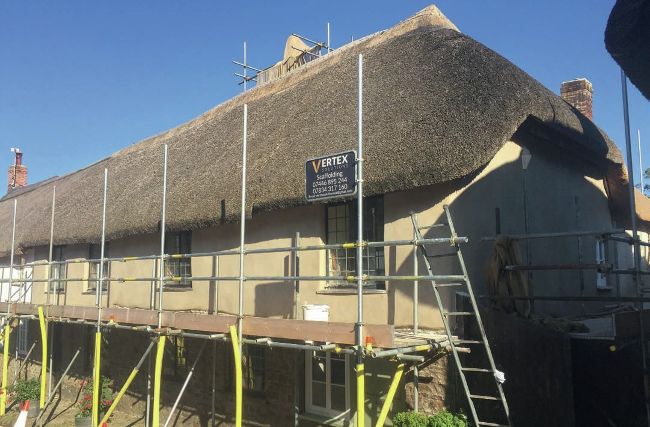OLD HOUSE TO ECO HOUSE
Part 1 How bad are old buildings?
In the first of a three-part mini-series exploring how to improve the efficiency of period properties, Alan Tierney investigates what you need to know about the baseline eco performance of heritage homes

Alan is currently renovating his own house; a grade II* listed cottage in Devon
Old houses get something of a bad press when it comes to energy performance – but do they deserve their reputation and how easy is it to upgrade them during a renovation? In this short series of articles, I’m going to look at this question in detail, referring back to my own house – which is just coming towards the end of a major project. In this issue, I’m covering the basics of old buildings and their thermal performance. I’ll be following that up in the next two editions with specific measures to upgrade the fabric and guide to optimising energy use.
How bad are old buildings in eco terms?
The answer is not nearly as bad as many people think. There is a widespread view that they are cold, hard to heat, expensive to run and energy hungry. But this does not need to be the case. Period properties have many advantages that give them the potential to perform much better than many of their modern counterparts. In fact, several studies have shown that buildings from the 1960s and 1970s are the worst performing.